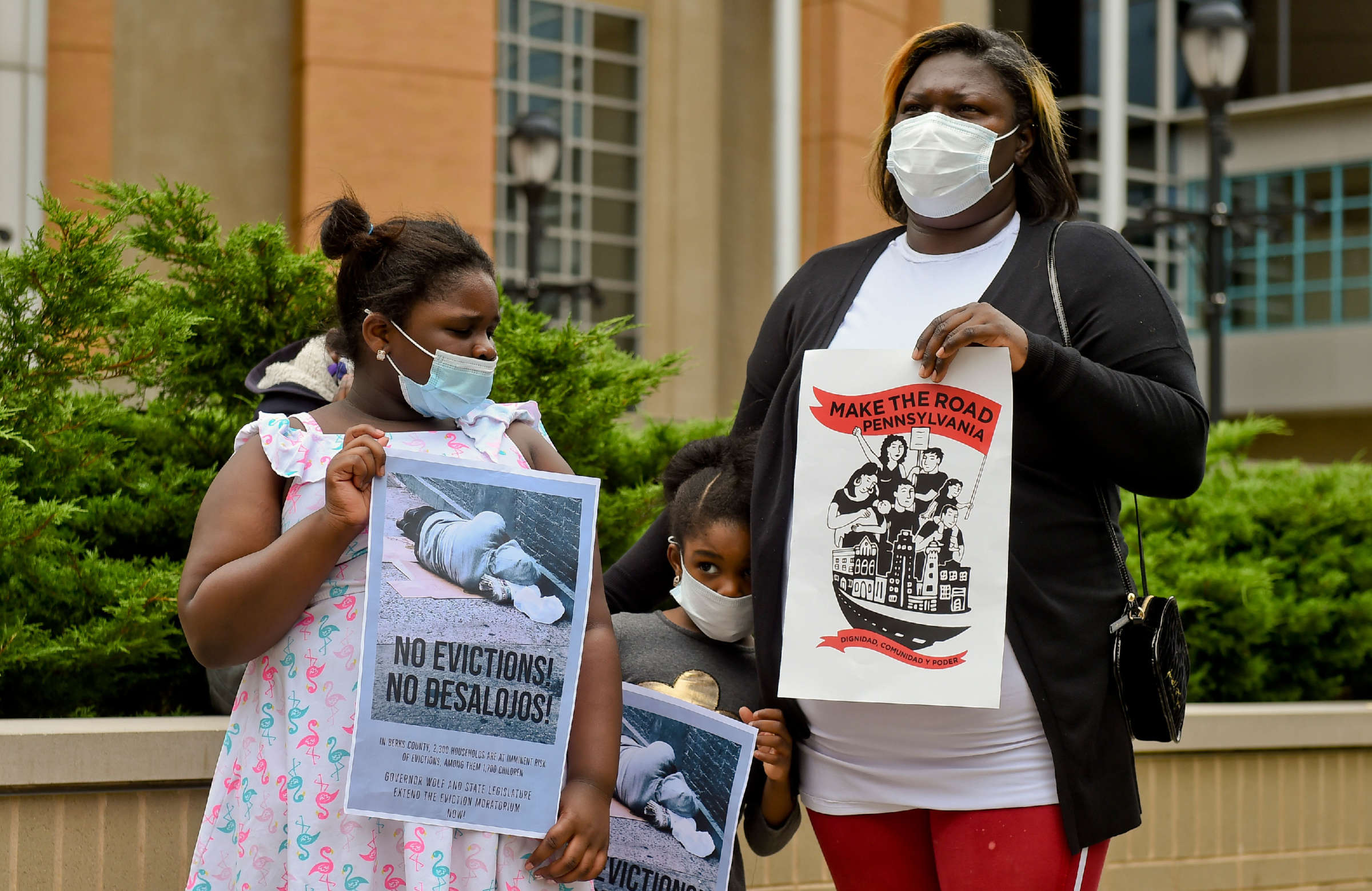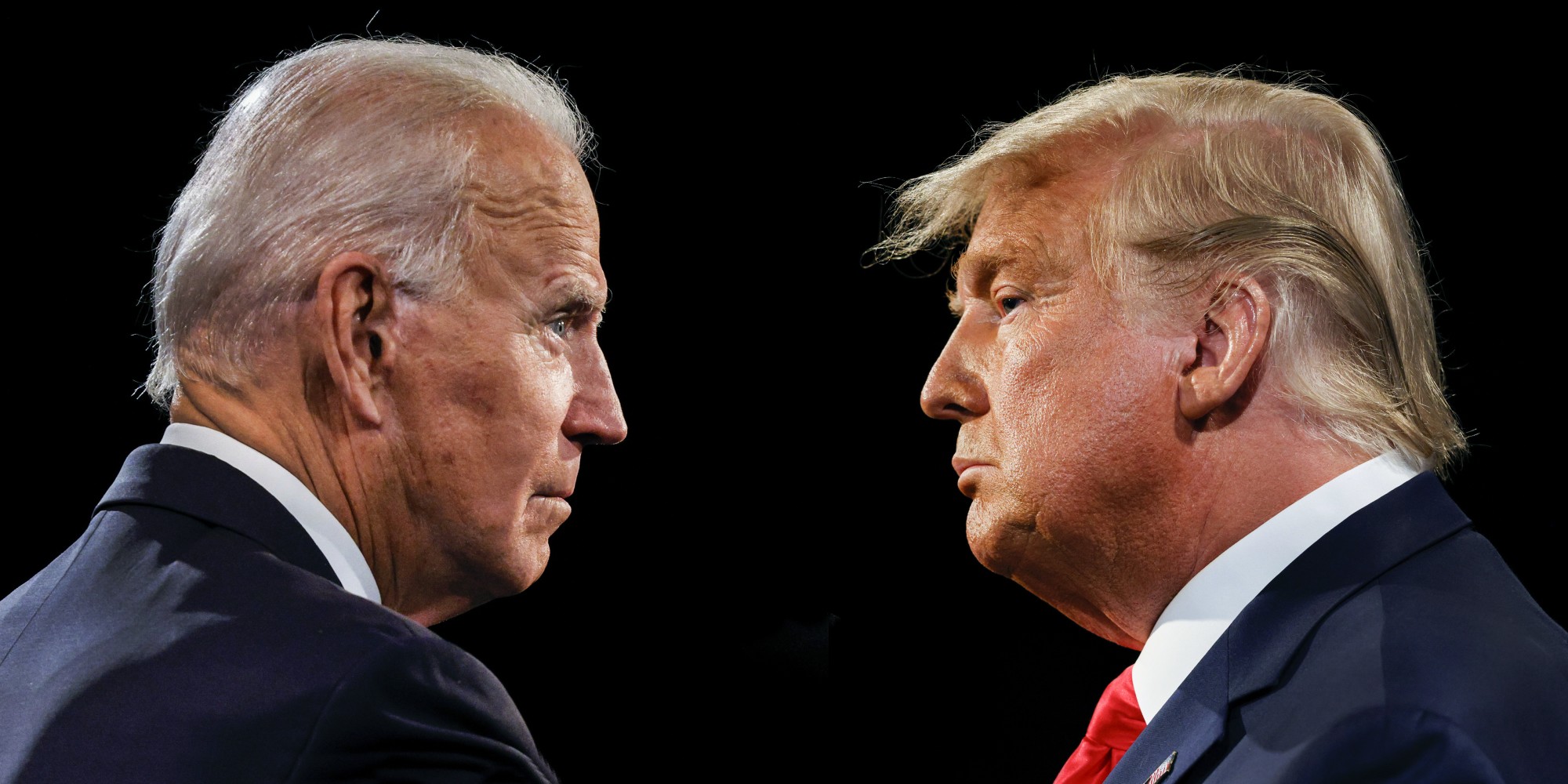
We take as given that the defeat of Donald Trump—misogynist and white supremacist, fragile and pathological solipsist, would-be-authoritarian and con-man, and proximate destroyer of hundreds of thousands of lives—is cause for celebration. However, the political landscape that the Left is collectively entering after January 20 will be incredibly challenging, and some of the damage that we have sustained is to some extent self-inflicted.

The Results
Considering Trump’s historically low popularity ratings, his disastrous handling of COVID-19, the strong support for the Black Lives Matter movement, and the Democrats’ huge advantage in fundraising, this should have been a landslide for Biden. Instead, he squeaked by. Biden is ahead by about 3.4 percent of the popular vote, but Trump increased his vote count by more than 9 million over 2016. And the margins in the battleground states that Biden flipped—Pennsylvania, Michigan, Wisconsin, and likely Arizona and Georgia—were wafer-thin.
Take the example of Wisconsin, in 2012 Obama won the state by about a quarter of a million votes. Trump’s 2016 margin was 23,000. Biden won by 20,000—hardly a resounding victory. The key to Clinton’s 2016 loss was that turnout in Milwaukee—particularly among African Americans—was low, and that remained true this year. In 2016, that could be partly blamed on misogyny and voter suppression, but the main factor was Clinton’s centrist politics that offered nothing to vote for.
That was even more true for Biden, who defined himself by a series of negatives. He was not for Medicare for All, not for a Green New Deal, not for defunding the police, not a socialist, and most importantly not Donald Trump. His main positive messages were technocratic and restorationist. In addition to promising competent management of the COVID-19 crisis, the Biden-Harris campaign was defined by the promise of (neoliberal) politics as usual and a return to imperial normalcy. Biden and his campaign built a coalition of so-called moderate Republicans, the national security state, the generals at the Pentagon, sections of big capital, and some of the more comfortable parts of the middle-class.
For voters for whom COVID-19 was the main issue, exit polls showed a preference for Biden by a large margin, but those counties which have suffered the most COVID-19 deaths overwhelmingly voted for Trump. A dynamic at play internationally was also in evidence in Trump’s support from a base of small-business owners, a precarious lower-middle class, who have faced an existential threat from the closure of the economy. Voters who said that the economy was the main issue preferred Trump. This was true despite living through a period of seven months in which the U.S. experienced economic contraction and unemployment rates only comparable to the Great Depression, and in some cases worse.
Biden’s campaign strategy was to stay out of sight, say as little as possible, lower expectations, and to depend on hatred for Trump. Given Biden’s notorious weaknesses as a candidate, this was arguably the optimal strategy for him, and it got him over the finish line, but only barely.
The Biden Democrats
In addition to the presidential race, the Democrats were expecting to increase their majority in the House and to flip the Senate. By way of comparison, Obama’s win in the aftermath of the 2008 financial crisis had come with a net increase of 28 House seats and 8 Senate seats. This time, instead, the Democrats have so far lost 5 net seats in the House. Flipping the Senate would require winning the two January special elections in Georgia, which seems unlikely.
Biden ran as the anti-Bernie Sanders, establishment candidate, and in his defeat of Sanders, he was able to pull the whole left-wing of the party behind him. The defeat of Sanders was a blow to illusions about reforming and realigning the Democratic Party. Despite the meager showing by Biden-Harris, their victory as a centrist national unity ticket appears to have hamstrung the left-wing of the party, whose room for maneuver in the context of divided government is limited.
Despite the near complete capitulation of the Left to Biden-Harris, the Democratic leadership has embarked on a campaign of attacking the left-wing of the party. South Carolina Rep. Jim Clyburn, New York Governor Andrew Cuomo, and party strategist, James Carville, have all taken turns blaming the Left for the poor election results. A New York Times interview with Alexandria Ocasio-Cortez (AOC) offered little comfort. While properly defending the movement for Black lives, and decrying the hostile environment inside the Democratic Party, and the failures of its campaign strategies, AOC’s own pessimism was palpable. The corporate Democrats appear firmly in control of their party.
Between the election campaign and the current situation inside the Democratic Party, the likely make-up of Congress means that if policy expectations from a Biden administration were low before, they should be even lower now. Even the minor reforms that Biden does support—such as a slightly more progressive tax structure—are unlikely to get through the Senate.
Biden will rejoin the World Health Organization and the Paris Climate Agreement. He will restore DACA, and reverse many of the executive orders and other symptoms of chaos which will be Trump’s gift as he leaves the White House. And given the demands of big business for more economic stimulus, there may be some modest immediate relief for the unemployed and another round of one-off direct payments. But in the absence of mass movements on the streets, that will be about as good as it gets.
Meanwhile, the economic fundamentals and the context of a continuing public health crisis, especially for nearly bankrupted state and local governments, bodes poorly for the medium and long term.
Trumpism, the Republican Party and the far right
One lasting reality is that Trump has successfully remade the Republican Party into a hard right organization. A recent study concluded that they are “more similar to autocratic ruling parties such as the Turkish [Justice and Development Party] and Fidesz in Hungary than to typical center-right governing parties in democracies such as the Conservatives in the U.K. or [the Christian Democratic Union] in Germany.” The study rated the Republican Party as well to the right of the current incarnation of the National Front in France.
Another reality is that Trump has encouraged the growth of the fascist Right on the streets. Their numbers are still relatively small, but they are a growing threat. This includes the active infiltration and ideological proclivities of local and state police forces, and the use of sections of the federal Homeland Security apparatus as presidential goon squads. Biden should not be expected to address any of this without an active movement forcing him to do so.
Finally, regardless of his countless foibles, Trump has a fanatical personal following. The coalition that elected him in 2016 largely stuck with him, and he even expanded it, picking up additional support from African Americans and Latinos.
It would be utterly reductive, and plain wrong, to write off more than 72 million Trump voters as all foot soldiers of fascism. But there is an absence of any real alternative from the Left. And the Democratic Party is seemingly committed to triangulation, avoiding any substantive confrontation with the core politics of the Right while remaining the hated party of the neoliberal establishment. The danger is that these voters will be pulled even more closely to the noxious, reactionary politics of Trumpism.
Trumpism is definitely not going away and, indeed, Trump himself may not be going away. The idea that he had the support to somehow steal this election was always more of a liberal fear tactic than a reality. But Trump can use his Twitter account and continued rallies to attack Biden and he will try to remain the leader of the Republicans once he is out of office. He is already floating the idea of another run for the White House in 2024.
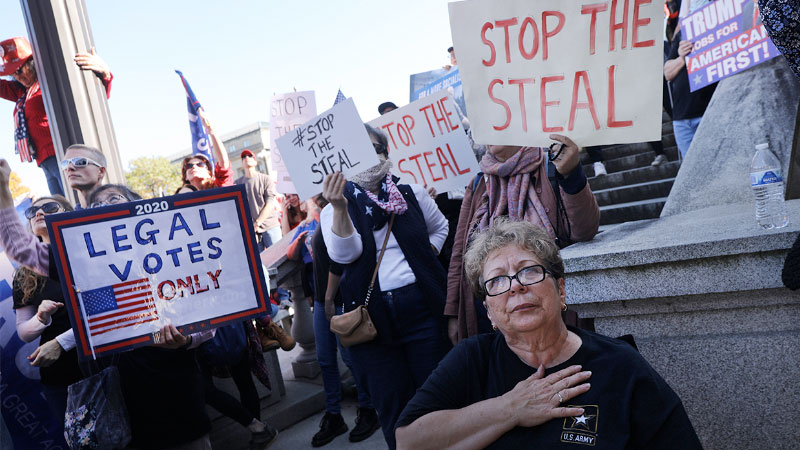 Pro-Trump “Stop the Steal” protests in Pennsylvania.
Pro-Trump “Stop the Steal” protests in Pennsylvania.
The election took place against the backdrop of the crisis of neoliberalism, which has defined U.S. politics since the financial crash of 2008. It is an ongoing crisis for both the ruling class and the working class, but in very different ways. For the ruling class, the crisis is about how to restore profitability and maintain imperial dominance, particularly in an accelerating conflict with China. For the working class, it is a crisis of growing poverty, falling living standards, and increased state repression.
This, of course, is what is behind the polarization in politics not just in the U.S., but across much of the rest of the world. The bipartisan consensus which reigned for over 30 years does not work anymore. The Republicans have realized this and so they have shifted hard to the right.
Centrist Democrats like Biden, whose political career was shaped by the old consensus, think they can turn back the clock—that is a fantasy. The centrist Democrats have only succeeded in marginalizing the left-wing of their own party. If they continue down this path, their prospects in 2022 and 2024 are not bright. Without significant advances from the Left and the social movements, the Right is poised to advance.
The Left’s self-inflicted wounds; results and prospects
So what are the prospects for the Left and the social movements?
The multiracial Black Lives Matter protests of this past summer were historic both in size (over 23 million), and scope (2000 cities and towns in all fifty states, and five territories). The conditions giving rise to this uprising are not—unfortunately—disappearing. Nor is the experience of the last decade-plus—including the unfulfilled promises of the Obama-Biden administration—which brought so many into the streets, soon to be forgotten. Yet the decrease in activism in the months leading up to the election was notable, and the lack of significant national organization is a challenge that we will need to overcome.
Similarly, the craven silence of sections of the feminist movement during an election when both candidates were credibly accused of sexual assault, is part of what leaves this movement in a weakened state. This damage has been done just as feminism is in a global ascendence; and when the fight over bodily autonomy is about to face—with the right-wing Supreme Court—an incredible fight.
And the workers’ movement, both inside and outside the labor unions, has a contradictory appearance. We have seen an increase in worker militancy, going back to the teachers’ strikes and revolts, and the beginning of broader organizing efforts among the unemployed, the precarious, and the undocumented immigrant workforce. At the same time, close to forty percent of union voters supported Trump in key states. For their part, the leadership of the AFL-CIO seems committed to completing their apparent task of tailing the Democratic Party into effective oblivion.
As for the socialist Left, we need to look at where we stood in the run up to this election and where that leaves us. The dynamic in the U.S. Left over the past few years has been one of unprecedented numerical growth, with the Democratic Socialists of America (DSA) expanding from 6,000 members before 2016 to somewhere in the region of 80,000 members today. This is part of an international process of radicalization and political polarization which has roots, as noted earlier, that go back to 2008.
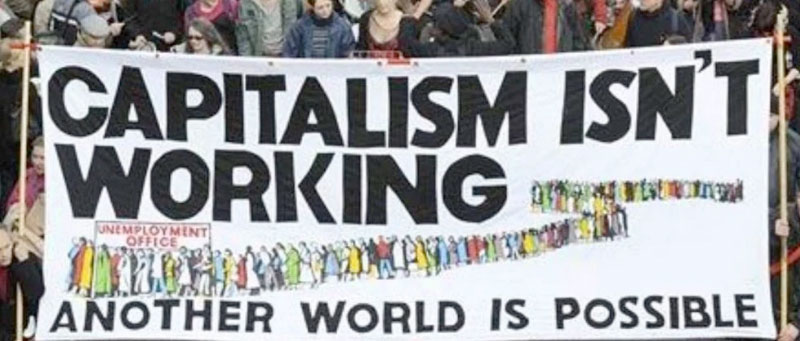
In the U.S., for understandable reasons, the political expression of the radicalization took shape in support for Bernie Sanders, AOC, and other electoral campaigns. But the reformist conclusions that many drew from this—that the strategic priority of the Left should be electoral, and that the Left can “build power” using the Democratic Party—are, in our view, mistaken. The pursuit of this strategy has left much of the socialist movement without a compass, and without a viable plan, heading into this next period.
But DSA is not a monolithic organization. There are debates within it about the role of the Democrats and the role of electoral politics more generally. Many DSA members agree that the working class needs its own political party. Some argue for something called a dirty break—using the Democratic Party ballot line to contest elections now with the goal of eventually creating an independent political party. The problem with this is that as the break has been pushed into the distant future, the approach has become indistinguishable from the hopeless task of trying to transform the Democratic Party itself.
Even more fundamental than an argument over the dirty break, however, is the question of the role of elections in bringing about social change. The historical record on this is quite clear. Radical progressive change always requires powerful social movements that make the cost of keeping things the way they are too high for the ruling class. In the 1930s, unemployment relief marches, bread riots, wildcat strikes, a mass anti-eviction movement, and other eruptions—often led by communists and socialists—pushed President Roosevelt and the Democrats into enacting the reforms of the New Deal. In the 1960s, the civil rights, Black liberation, anti-war, feminist, gay liberation, and environmental movements, won a new series of reforms, which continued even under the Nixon administration.
None of this means that elections are unimportant, but if our goal is to fundamentally change the nature of our world, electoral campaigns need to represent social movements with the goal of making them stronger. At the very least, they must promote and defend the demands raised by the social movements, such as the demand that emerged this summer to defund the police. Historically, DSA has not prioritized political struggle outside of the electoral arena. But a new generation of socialists recognizes that democracy is about much more than elections. When the Black Lives Matter protests erupted around the country this summer, many DSA members participated as individuals or as members of local chapters. The AfroSocialists and Socialists of Color Caucus played an especially important role. Unfortunately, the national leadership of DSA did not attempt to orient the entire organization to advance that struggle.
Of course, this is far from the end of the matter. The anti-racist struggle for abolition has not gone away, and movements provoked by a whole range of other issues are inevitable in the months and years ahead. Socialists both inside and outside DSA need to argue that there should be no support for the incoming Biden administration and that the Left must throw itself into political struggle on the streets and in workplaces. We are not organizing in conditions of our own choosing, but the potential for rebuilding a powerful Left has not disappeared and it is more urgent than ever that we realize it.
First posted at Tempest.
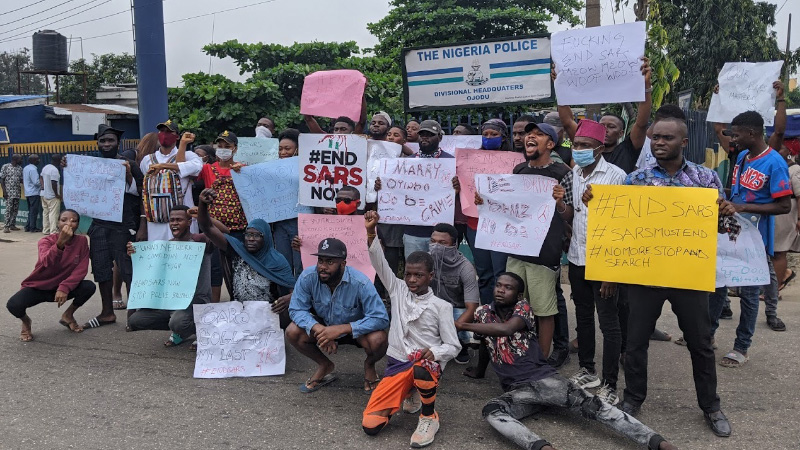
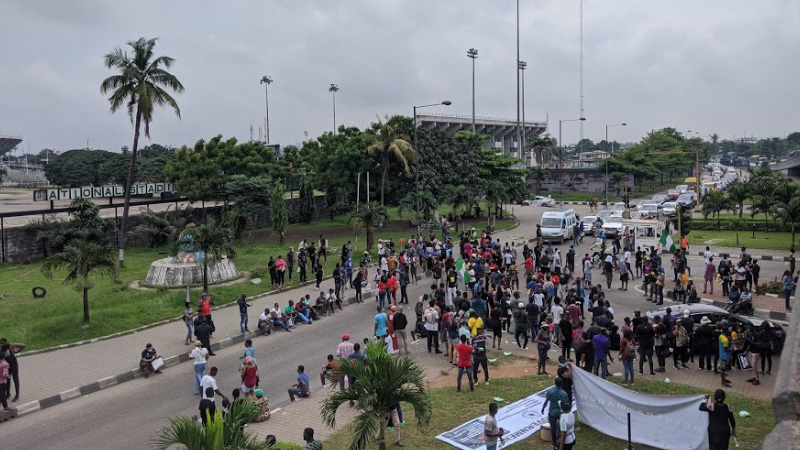

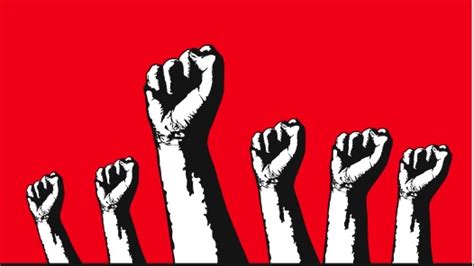
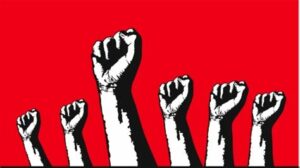 The Biden/Harris election to the U.S. Presidency punctuates a morbid political cycle which has seen both of the big capitalist parties move even further to the right, working-class lives violently degraded by neoliberal capitalism, and the ancient American incantations of racism and xenophobia breathed new, pandemic life by an atavistic, ruling-class autocrat.
The Biden/Harris election to the U.S. Presidency punctuates a morbid political cycle which has seen both of the big capitalist parties move even further to the right, working-class lives violently degraded by neoliberal capitalism, and the ancient American incantations of racism and xenophobia breathed new, pandemic life by an atavistic, ruling-class autocrat.

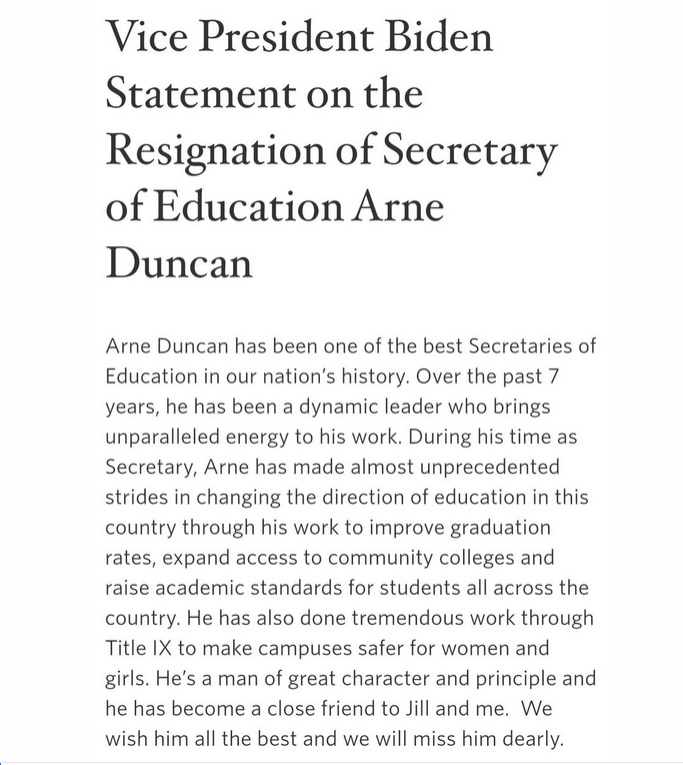
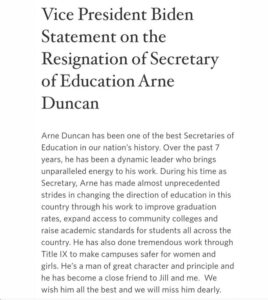 Social media is abuzz about what teacher activists can expect from Biden’s education policy. Alas, much of it is wishful thinking, on the order of hoping Jill Biden, a teacher, will shape her husband’s views on education. Other speculation has been about Biden’s likely choice for Secretary of Education. One candidate many liberals consider a progressive possibility, Linda Darling-Hammond, has said
Social media is abuzz about what teacher activists can expect from Biden’s education policy. Alas, much of it is wishful thinking, on the order of hoping Jill Biden, a teacher, will shape her husband’s views on education. Other speculation has been about Biden’s likely choice for Secretary of Education. One candidate many liberals consider a progressive possibility, Linda Darling-Hammond, has said 
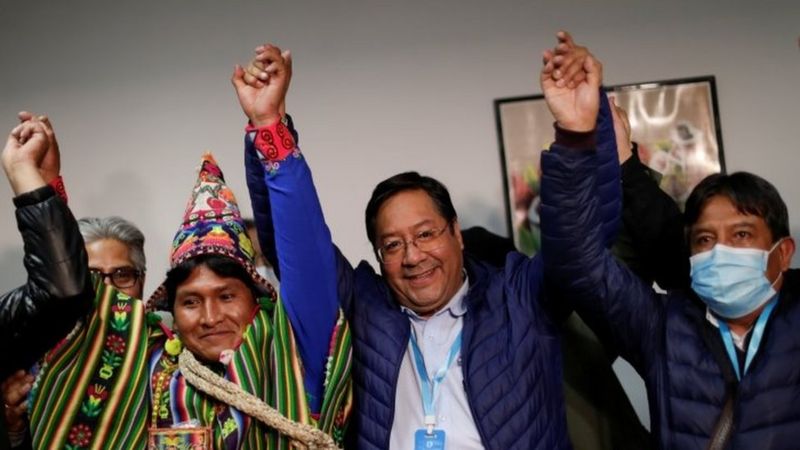

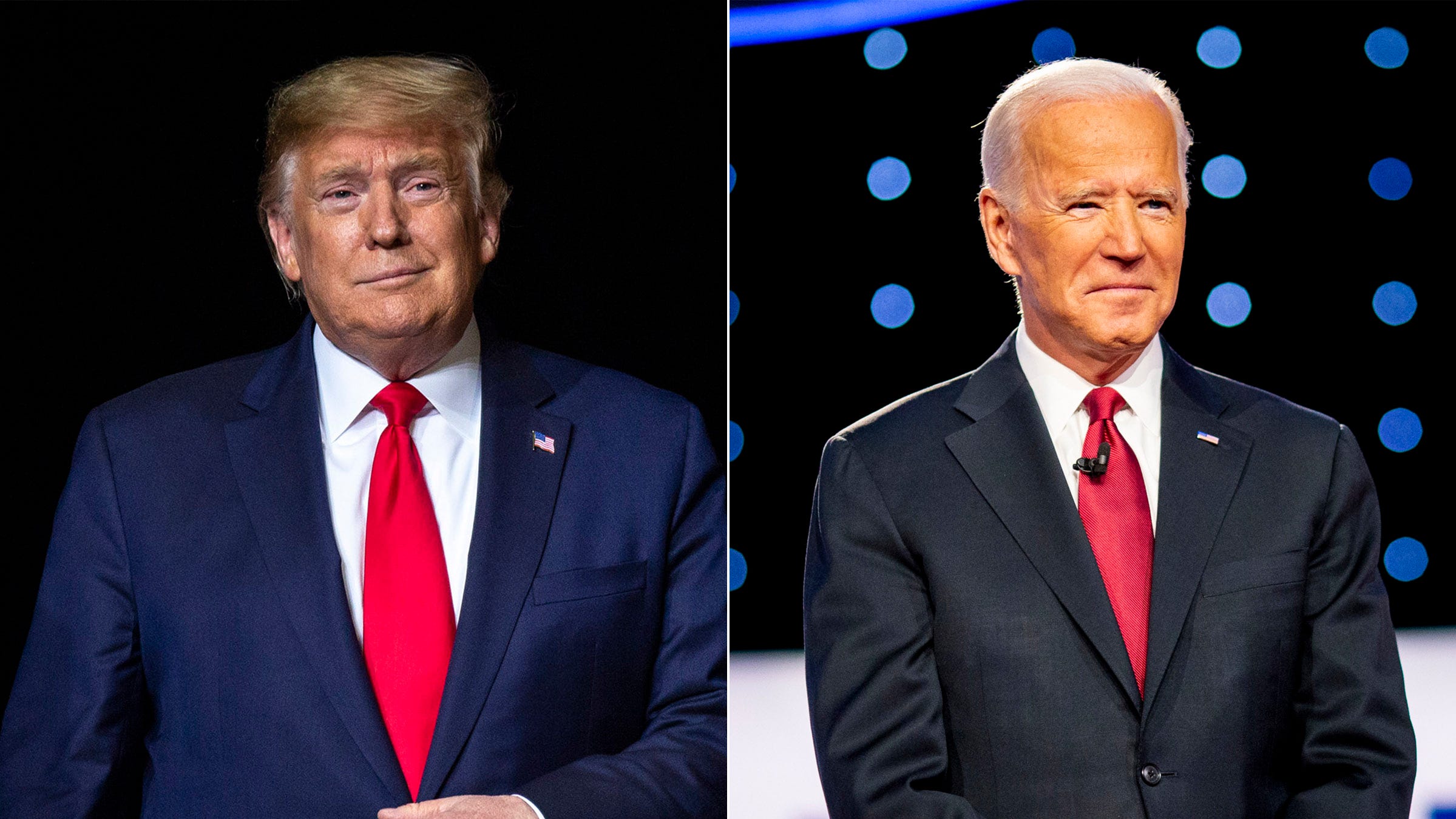
 In 2015, in the UK, Ed Miliband (Labour candidate) lost in a General Election to David Cameron (Conservative). Miliband’s politics were a form of rehashed centrism with the odd slightly more radical policy thrown in but he was very much a candidate of the establishment (in as much as he was prepared to continue the economic policies of austerity). In the weeks and months before the election, the majority of the people on the left used the lesser evil stratagem – that is to say, they argued that, despite his flaws, Miliband was better than Cameron (certainly true) and if we voted him into power we might be able to pull him more to the left (debatable). In the event Milliband lost because of his lukewarm politics, because he simply couldn’t provide any kind of credible or definitive alternative to the politics of the status-quo.
In 2015, in the UK, Ed Miliband (Labour candidate) lost in a General Election to David Cameron (Conservative). Miliband’s politics were a form of rehashed centrism with the odd slightly more radical policy thrown in but he was very much a candidate of the establishment (in as much as he was prepared to continue the economic policies of austerity). In the weeks and months before the election, the majority of the people on the left used the lesser evil stratagem – that is to say, they argued that, despite his flaws, Miliband was better than Cameron (certainly true) and if we voted him into power we might be able to pull him more to the left (debatable). In the event Milliband lost because of his lukewarm politics, because he simply couldn’t provide any kind of credible or definitive alternative to the politics of the status-quo.
 This article was written for L’Anticapitaliste, the weekly newspaper of the New Anticapitalist Party (NPA) of France.
This article was written for L’Anticapitaliste, the weekly newspaper of the New Anticapitalist Party (NPA) of France. 

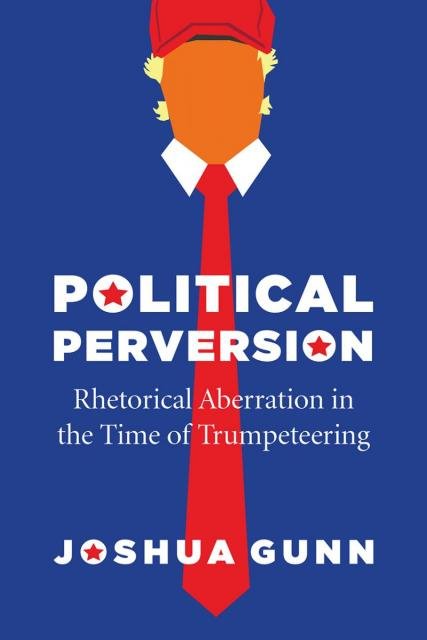
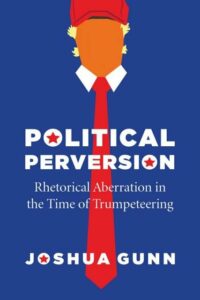
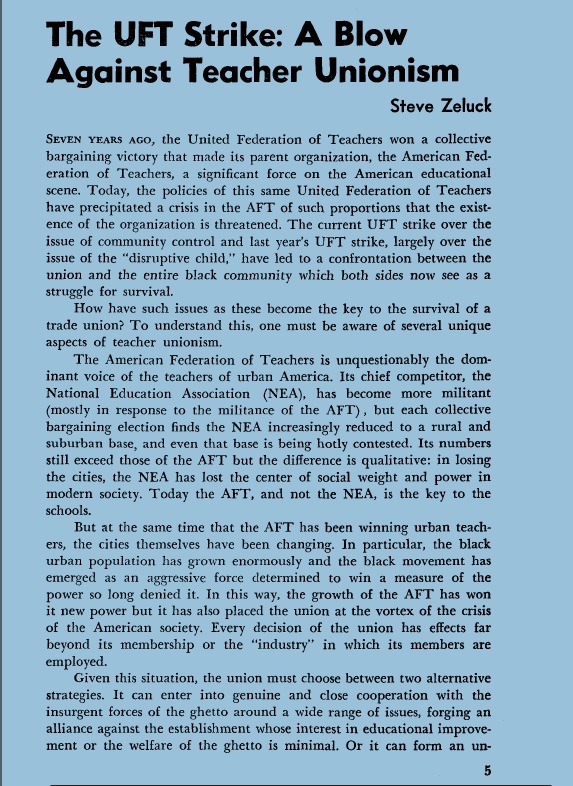
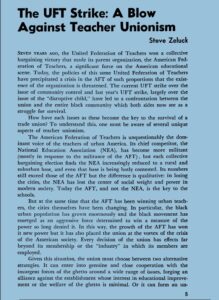
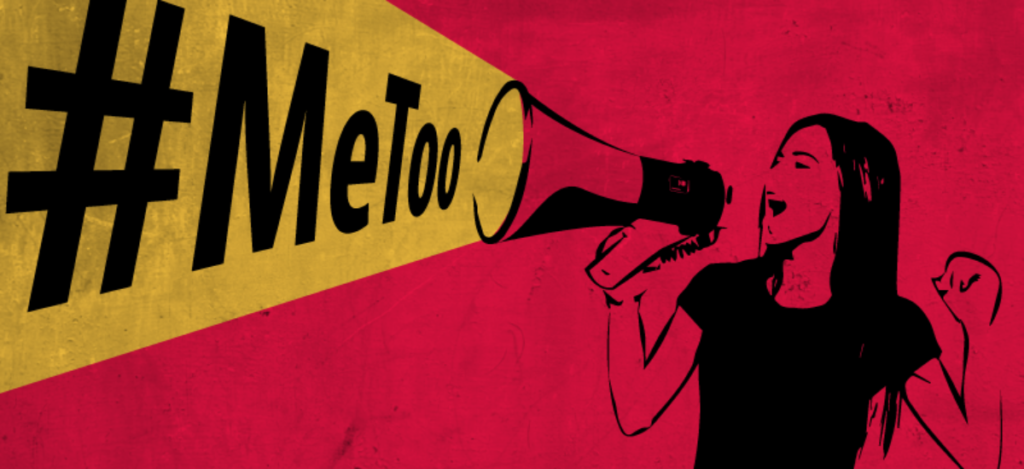
 With allegations of sexual harassment against both Democratic Presidential nominee Joe Biden, and President Donald Trump, with 26 alleged victims of sexual violence having come forward, this is an obvious topic that needs a ton of light shed upon it. For every 1,000 sexual assaults on women, 995 of those predators will walk free. So, why is it that this topic has been completely avoided during the election? Why is it that, in the year 2020, women still do not feel safe in the United States?
With allegations of sexual harassment against both Democratic Presidential nominee Joe Biden, and President Donald Trump, with 26 alleged victims of sexual violence having come forward, this is an obvious topic that needs a ton of light shed upon it. For every 1,000 sexual assaults on women, 995 of those predators will walk free. So, why is it that this topic has been completely avoided during the election? Why is it that, in the year 2020, women still do not feel safe in the United States?
 If there is one proposition that most anti-Stalinist socialists should agree on it is this: capitalism does not need democracy and democracy does not require capitalism. Only socialism does.
If there is one proposition that most anti-Stalinist socialists should agree on it is this: capitalism does not need democracy and democracy does not require capitalism. Only socialism does.
 Ashley Smith and Charlie Post have
Ashley Smith and Charlie Post have 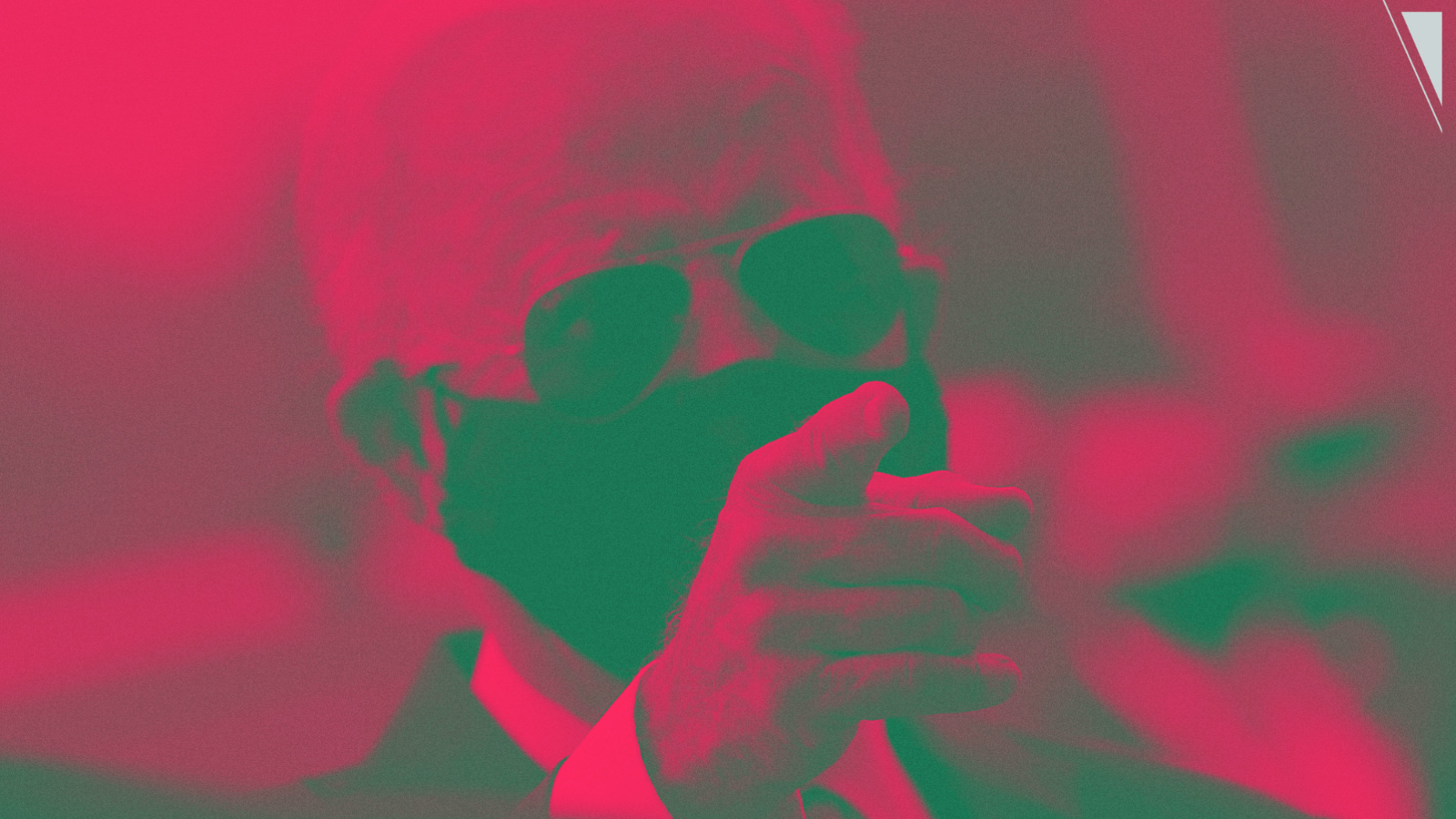
 Much of the United States Left is in the midst of an oddly-timed embrace of lesser evilism. They are calling for socialists to support Biden at the very moment Trump’s campaign seems in crisis and headed for defeat.
Much of the United States Left is in the midst of an oddly-timed embrace of lesser evilism. They are calling for socialists to support Biden at the very moment Trump’s campaign seems in crisis and headed for defeat.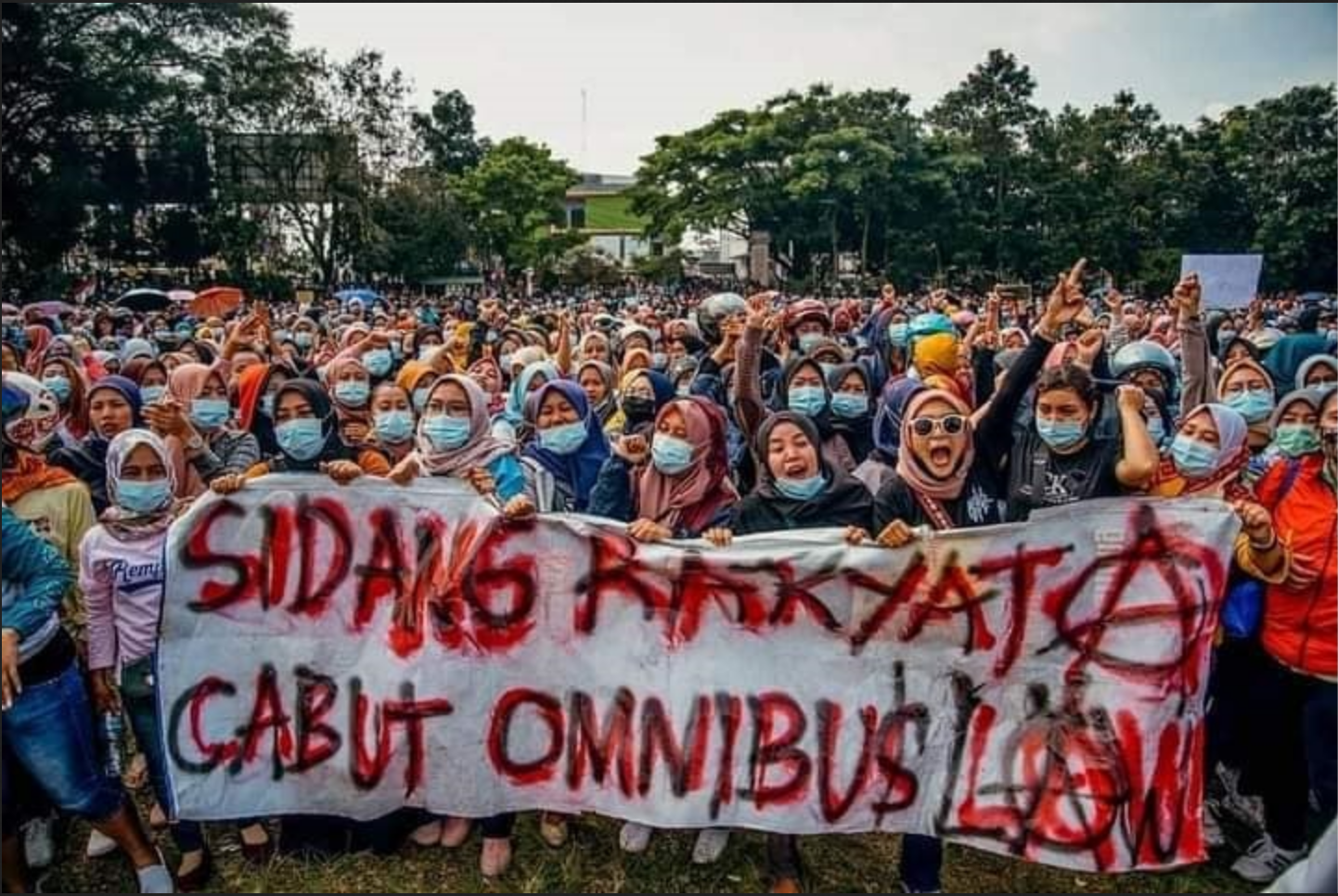
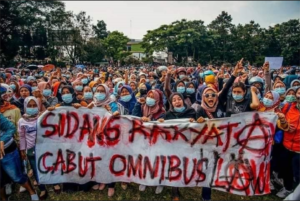 Over a million people have taken to the streets in Indonesia to protest a neoliberal law that would roll back labor protections, especially for working women, while also opening the road toward greater environmental destruction. Even Amnesty International, which usually concentrates on political rights rather than class issues, calls the new law “catastrophic.” The protests and strikes have covered most cities across this vast country, in one of the largest actions of its kind in decades. In the capital, Jakarta, police used the ban on public gatherings due to COVID-19 to arrest 800 people.
Over a million people have taken to the streets in Indonesia to protest a neoliberal law that would roll back labor protections, especially for working women, while also opening the road toward greater environmental destruction. Even Amnesty International, which usually concentrates on political rights rather than class issues, calls the new law “catastrophic.” The protests and strikes have covered most cities across this vast country, in one of the largest actions of its kind in decades. In the capital, Jakarta, police used the ban on public gatherings due to COVID-19 to arrest 800 people.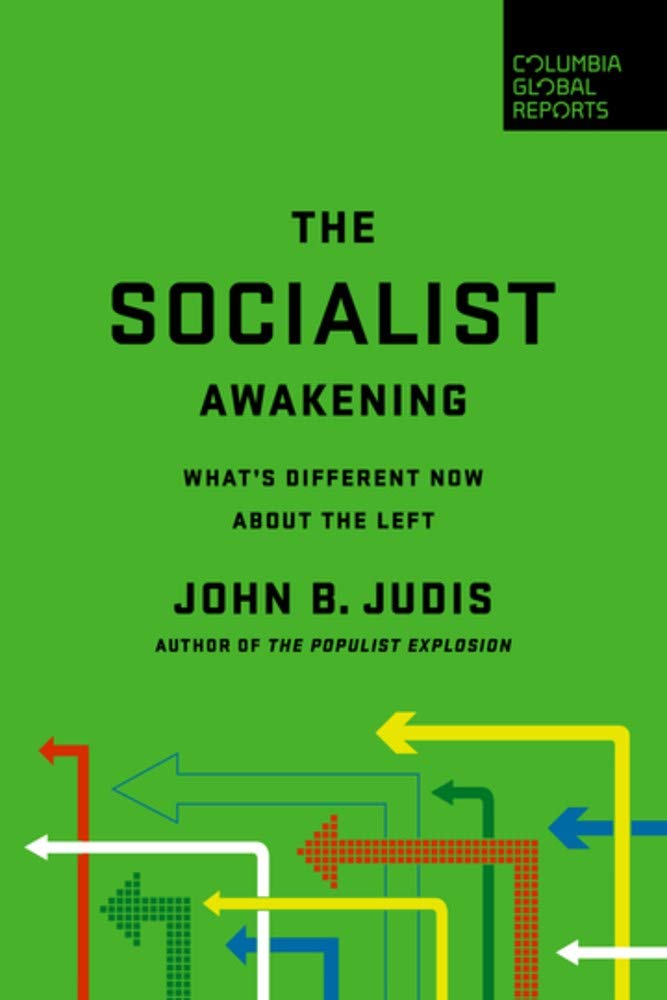
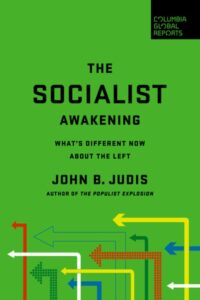 Book Review
Book Review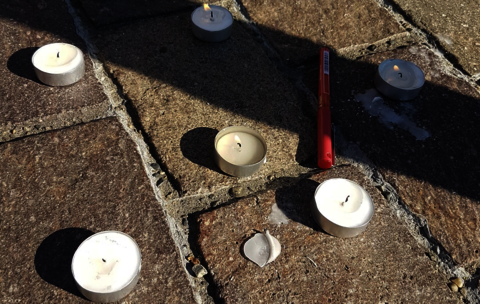


 A series of recent developments in Cuba have struck the already faltering economy of the island leading the government to adopt a series of economic policies that point towards a greater opening to capital while maintaining the political controls of the one-party state.
A series of recent developments in Cuba have struck the already faltering economy of the island leading the government to adopt a series of economic policies that point towards a greater opening to capital while maintaining the political controls of the one-party state.